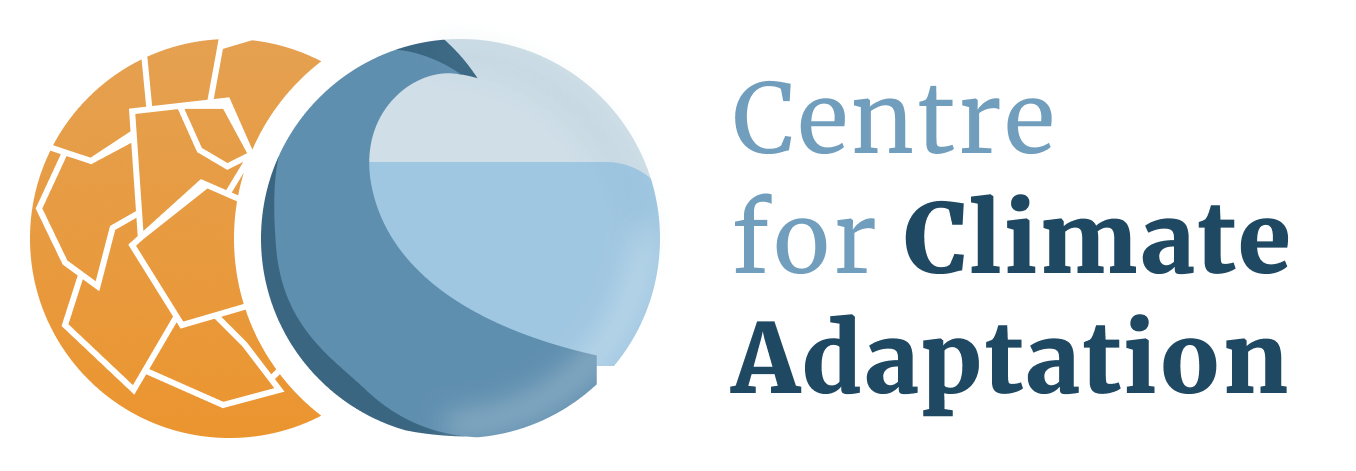- Home
- Countries
- Montenegro
- Biodiversity
Montenegro
Biodiversity
Biodiversity in numbers
Montenegro belongs to the group of European countries with the richest flora and fauna and highly diverse ecosystems. The country, for example, is considered as one of the most diverse floristic areas in the Balkan Peninsula, with about 3,250 plant species, whereas the vascular flora species-to-area ratio of 0.837 is the highest in Europe. From a total of 526 European bird species, 297 (or 57%) can be regularly found in Montenegro, while a number of other species (about 29) is occasionally present. The total share of protected areas in the national territory is 9.21% and it mainly refers to the five national parks (1).
Vulnerabilities Montenegro
Based on the analysis and assessment of impacts of climate change on biodiversity in Montenegro, the following impacts of climate change can be expected (1):
- shifting of vegetation zones (belts) in the horizontal and vertical direction;
- shifting and changes in geographic distribution of some plant and animal species;
- disappearance of certain species;
- changes in qualitative and quantitative composition of biocenoses;
- fragmentation of habitats;
- changes in the functioning of ecosystems.
Terrestrial biodiversity
A reduction and loss of species is expected, primarily related to freshwater ecosystems, as well as the species vulnerable to significant fluctuations in temperature and humidity in the environment (1).
Firstly, it is likely that the amphibians that live in surface waters in the karst area can suffer some major changes in living conditions and habitats in the future, due to a reduced flow or complete absence of water. The reduction in fresh water volumes and moisture will cause changes in the entire country, but differences will be the most obvious and drastic in the karst area. Dry periods may be followed by periods with strong and extreme rainfall, which will cause destruction and reduction of populations of land and freshwater species in higher mountainous regions. It is estimated that the populations of amphibians and reptiles may be reduced and fully threatened in the karst areas of Old Montenegro and the karst region of Kuči-Žijovo, as well as in the coastal mountains of Rumija, Lovćen and Orjen (2).
Temperature increase in the continental part of Montenegro would eventually lead to the acceleration of eutrophication of mountain lakes and then their withdrawal or complete disappearance (1).
Data on the phenology of woody species (3) already indirectly indicate the presence of the consequences of climate change on the productivity of some ecosystems in Montenegro. Data for 2007/2008 show that the listing of some species (black locust, linden, oak, maple, ash, beech, poplar, alder, pine, maritime pine) begins a few days earlier than usual.
Vegetation of higher mountain areas will gradually be replaced, wholly or in part, by the communities of temperate areas. Temperature will be the main limiting factor in higher continental areas, while at the lower elevations of the continent it will be precipitation and total humidity. Slow migration capabilities, lack of migratory routes and the lack of alternative sites will be the cause of fragmentation or disappearance of some (communities) stands. To some extent, spreading of Mediterranean ecotypes into the zone sub-mountainous floral elements can be expected (1).
Marine biodiversity
In accordance with a predicted increase in temperature, an introduction of new thermophilic (invasive) species from southern marine biogeographic zones is expected. Also, one of the main problems may be migration of marine species through the Suez Canal, mainly from the Red Sea and Indo Pacific regions into the Mediterranean. It is also expected that a significant number of invasive species will be imported in ballast water (1).
Adaptation strategies Montenegro
The following options for adaptation and mitigation have been reported (1):
- Preparation of a National Action Plan on Climate Change, whereby, inter alia, measures for adaptation and mitigation of the effects of climate change on biological diversity should be recognized and established;
- Strengthening of awareness about the importance and impact of climate change on biodiversity;
- Elaboration biocorridors and migratory routes of various species under the conditions of climate change;
- Establish a gene bank of endemic, threatened and endangered species;
- Assessment of options for the protection of biodiversity (species) under ex situ conditions;
- An increase of surface area under protection.
References
The references below are cited in full in a separate map 'References'. Please click here if you are looking for the full references for Montenegro.
- Ministry for Spatial Planning and Environment of the Republic of Montenegro (2010)
- Buskovic (2008), in: Ministry for Spatial Planning and Environment of the Republic of Montenegro (2010)
- Hydrometeorological Office, in: Ministry for Spatial Planning and Environment of the Republic of Montenegro (2010)




